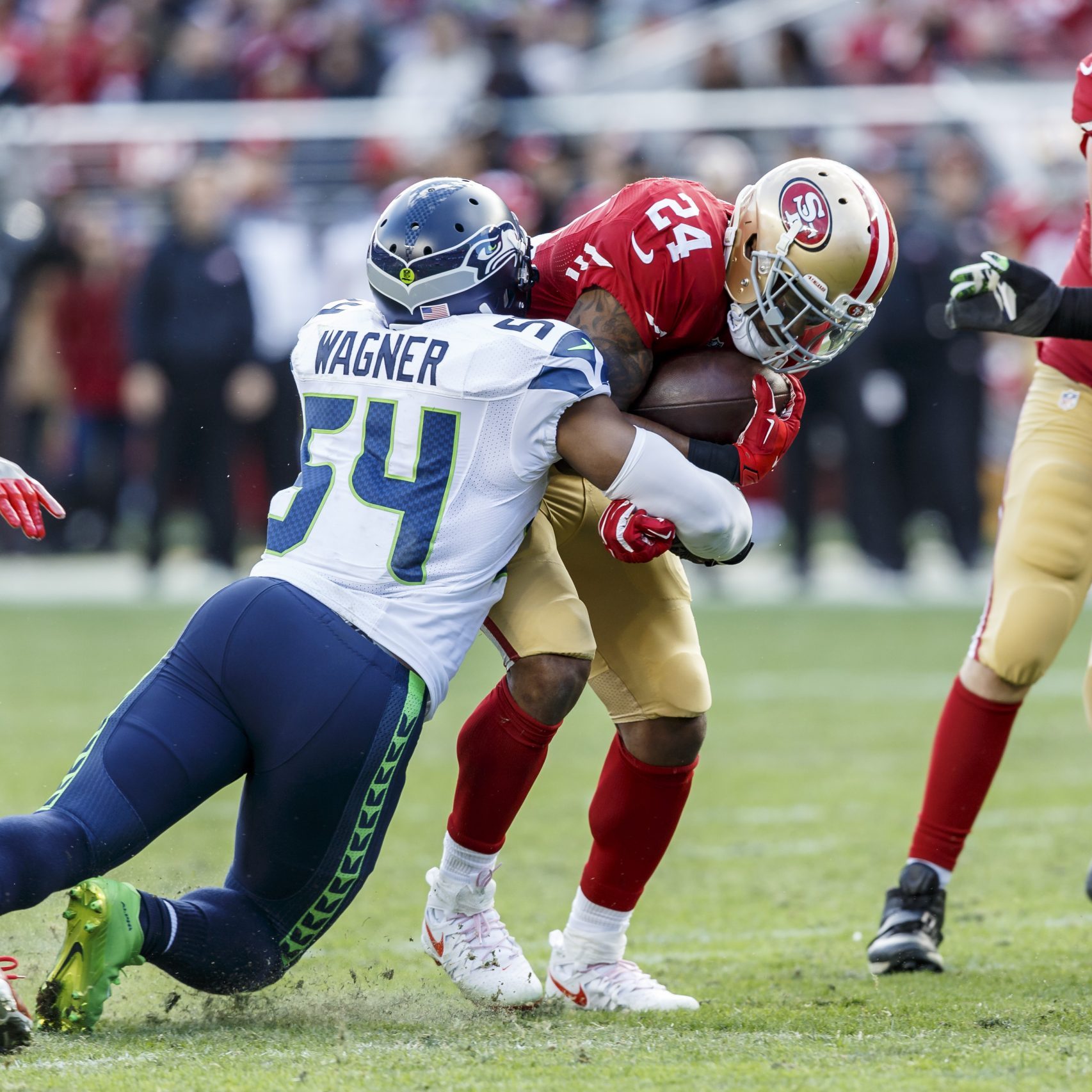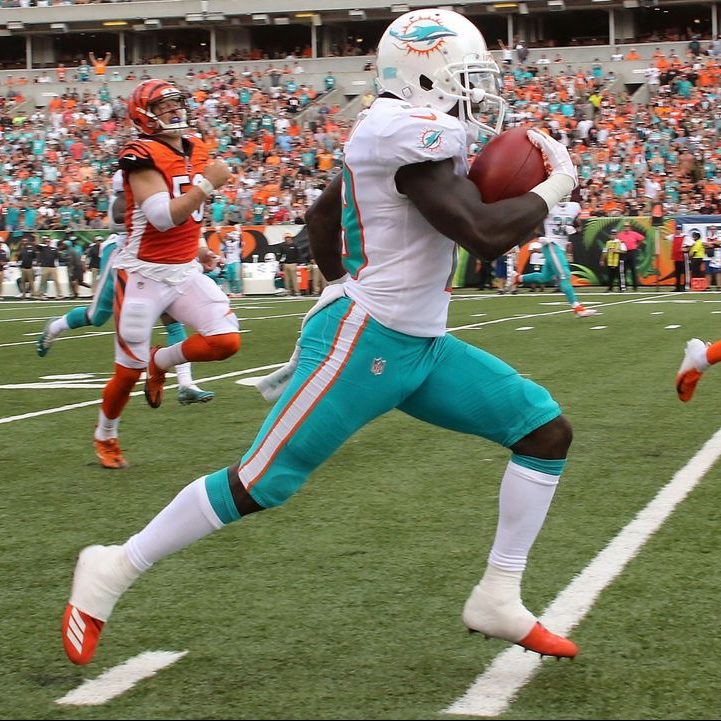Introduction to Football and Rugby
Football and rugby are two distinct sports, each with unique rules, equipment, and gameplay techniques. Football, often referred to as American football in the context of this comparison, captivates audiences with its strategic plays, intense physicality, and spectacular touchdowns. Conversely, rugby is celebrated for its continuous action, teamwork, and endurance, featuring powerful scrums and swift backline movements.

Key distinctions lie in how players handle the ball, scoring methods, and the flow of the game. Football’s complex playbook and stop-start nature contrast with rugby’s dynamic, free-flowing style. Different protective gear reflects the sports’ varying physical demands, with football players donning helmets and padding, while rugby participants wear minimal protection.
Understanding these differences enriches our appreciation for both sports, whether one enjoys the tactical battles on the gridiron or the relentless pace of a rugby match. Let’s delve deeper into how rugby differs from football, uncovering their historical origins, playing fields, and the thrilling action that defines each sport.
Historical Origins and Evolution
The distinct paths that football and rugby took began in the 19th century. Football developed from earlier forms of rugby and soccer, mainly practiced in the Ivy League colleges of the northeastern U.S. around the 1860s. The sport was crystallized into what we recognize today by Walter Camp, known as the ‘Father of American Football’, who in the 1880s introduced the line of scrimmage and the down system.
Rugby’s origins trace back to 1823 in England, thanks to William Webb Ellis who allegedly ran with the ball during a soccer game. Official rugby rules came later in 1871 with the formation of the Rugby Football Union. Unlike football, rugby has maintained more of its traditional elements, focusing on continuous play and minimal player substitutions.
These origins reflect not only geographical distinctions but also the evolving cultural attitudes towards sports and entertainment across the Atlantic.
Objectives of the Game: Scoring Systems Compared
In American football and rugby, teams aim to score points through various plays. Football features touchdowns worth six points, followed by options for extra points or a two-point conversion. Rugby rewards a try with five points and offers a subsequent two-point conversion. Field goals in both sports earn three points, but rugby adds penalty kicks and drop goals as scoring methods. The scoring system in American football also includes safeties, adding two points to the team on defense. These point-scoring opportunities reflect each sport’s strategic depth and excitement. The different weight of points can drastically alter a team’s approach to the game, influencing tactics and player decisions. In summary, these sports share similarities in scoring but have distinct systems that add unique flavors to their respective games.
The Field of Play: Dimensions and Markings
The playing fields for rugby and American football differ notably in size and markings.
Dimensions
A standard American football field measures 100 yards long and 53 1/3 yards wide. The end zones are 10 yards deep. In contrast, a rugby field varies in size but typically extends up to 122-134 yards long and 74-76 yards wide, with end zones between 5.5 and 24 yards.
Markings
In rugby, the field includes a halfway line and markings every 10 meters, enhancing strategic play. The American football field features detailed yard lines and hash marks every 5 yards, facilitating precise play positioning.
These differences impact the gameplay, emphasizing different skills and strategies in each sport.
The Ball: Differences in Shape, Size, and Handling
While football and rugby share similarities, the ball used in each sport highlights key differences. In football, the ball is designed with pointed ends for a better grip and easier throwing, perfect for those long passes that define the game. Also known as a pigskin, it’s about 11 inches long and has a circumference of 28 inches at the center. It’s heavier too, with weights around 14-15 ounces, and has noticeable laces to aid players in gripping the ball.
Rugby’s ball, however, is more rounded and lacks the pointy ends. It’s slightly larger and has a more consistent shape which helps in maintaining stability during short passes and generating a predictable bounce when kicked. Typically, a rugby ball measures around 28-30 cm in length and 58-62 cm in circumference and weighs a bit more, anywhere between 410 to 460 grams. This design is better suited to the lateral, underhand passes that are more common in rugby’s style of play.
Handling these balls requires different skills due to their unique shapes and weights. Football players often use an overhand motion while throwing, making the ball’s pointed ends and lighter weight ideal for spiral passes. Rugby players tend to pass with an underhand or lateral toss, where the ball’s rounder shape and added weight help in the exchange of quick, close passes.
These distinctions in the design, size, and handling of the balls indeed affect how the respective sports are played. They contribute to each sport’s unique characteristics, influencing everything from the players’ grip to the flight path and handling during the game.
Player Positions, Roles, and Substitution Rules
In rugby and American football, positions and roles significantly differ, reflecting each game’s unique demands and strategies. Each sport’s approach to substitutions also varies, impacting game flow and strategy.
Player Positions and Roles
In football, there are 11 players per team consisting of offensive, defensive, and special teams. Key positions include the quarterback, who directs plays, and lineman, who protect him. On the other hand, rugby positions 15 players, where roles like the scrum half and fly-half link the forward pack and backline, facilitating continuous play.
In American football, players have very specialized roles and may be on the field only for specific plays, emphasizing strategic exchanges. Rugby players, in contrast, often engage in a broader range of activities, from offense to defense, throughout the game without specialization segmented by play type.
Substitution Rules
Substitution rules also contrast sharply between these sports. Rugby allows only up to 7 substitutions during the game, and once a player is substituted, they cannot return. This limits coaches’ flexibility and makes stamina and versatility paramount. Conversely, American football offers unlimited substitutions during the game, allowing constant strategy shifts and fresh players cycling in, particularly important given its intense physical confrontations.
These differing approaches to positions, roles, and substitutions underline the unique characteristics and tactical depth of each sport, profoundly affecting how games are played and experienced by players and spectators alike.
Protective Gear and Players’ Safety
In football and rugby, players’ safety is crucial due to the sports’ physical nature. The gear used by players in American football includes helmets, shoulder pads, and additional protection for hips, thighs, and knees. These pieces of equipment are mandatory, reflecting the sport’s high-impact tackles and collisions. Helmets are particularly important, designed to prevent head injuries, while shoulder pads absorb shocks from hits.
Rugby players wear considerably less protective gear. They may opt for mouthguards, soft helmets known as scrum caps, and light padding around the shoulders and chest. This lighter safety equipment aligns with rugby’s tackling rules that aim to reduce the force of impacts. In rugby, tackles involve wrapping arms around the opponent and bringing them to the ground safely.
Both sports have evolved rules and gear to enhance players’ well-being. American football’s heavy padding allows players to engage in full-body tackles and blocks. Rugby’s approach to contact requires technique and control, aiming to keep the play flowing while minimizing injury risk.
Despite different protective measures, both sports continue to focus on player safety, adapting rules, and equipment to reduce risks where possible. Advanced concussion protocols and medical assessments during games show that maintaining players’ health is a top priority.
 Gameplay: Tackles, Downs, and Possessions
Gameplay: Tackles, Downs, and Possessions
Tackles
In rugby, when a player is tackled, they must release the ball, making it available for either team to play it. This rule keeps the game flow continuous and dynamic. Conversely, in American football, once a player carrying the ball is tackled, the play is stopped. At this point, the team sets up to begin a new play, which draws clear breaks in action.
Downs
A distinctive aspect of American football is the ‘down’ system. Teams have four downs (attempts) to move the ball 10 yards forward. If they succeed, they secure another set of downs. Failing to cover the 10 yards in four downs results in a turnover to the opposing team, often leading teams to punt on the fourth down to gain field position. In contrast, rugby does not have a comparable structure, allowing for continuous possession until the ball is out of play or a score happens.
Possessions
Possession dynamics also separate these two sports significantly. Rugby allows for open, fluid control of the ball, with players passing it laterally or backwards while progressing up the field. American football, however, strategically structures possessions around the four-down system where forward passes are legal but limited to one per play. This structured approach to possession underscores the tactical complexity of American football compared to the more free-flowing nature of rugby.
Influence of Technology and Refereeing
The use of technology in both rugby and American football has transformed how games are officiated. Instant replay technology in the NFL allows officials to review calls and ensure accuracy. This technology has improved decision-making and reduced human error.
Rugby has also embraced technology with the Television Match Official (TMO). The TMO assists referees with difficult calls, especially in try-scoring situations. Microphones worn by referees further increase transparency during games.
Both sports have implemented headsets for communication among referees. This helps in consistent and swift decision-making throughout the game. These advancements in technology aid in maintaining the integrity of the game.
New technologies continue to emerge, including player tracking systems. These systems provide real-time data on player performance and health. This data is valuable for coaching strategies and player safety.
Technology has also impacted how audiences experience these sports. Fans can now access detailed game analyses and multiple camera angles. This enhances the viewing experience both live and on television.
Referees in both sports are now subject to performance reviews. These reviews are possible due to advancements in technology. This accountability has increased the quality of officiating overall.
In conclusion, technology and refereeing advancements have been pivotal. They ensure fairness, enhance player safety, and improve the fan experience in both rugby and football.
Commercial Aspects: Audience and Revenue
The financial face of football and rugby reveals striking contrasts. American football, particularly the NFL and the revered Super Bowl, is an economic powerhouse. Broadcast deals are in the billions, reflecting football’s vast appeal. The Super Bowl alone can fetch millions per 30-second commercial, showcasing advertisers’ fierce competition for viewer attention.
Rugby, while smaller in commercial scale, is nevertheless impactful. The Rugby World Cup generates significant revenue, with millions in profits. It promotes the sport globally, much like the Super Bowl promotes football. Media rights, sponsorships, and audience engagement drive its finances. France’s hosting of the 2023 Rugby World Cup is forecasted to be lucrative, expected to yield millions in revenue for rugby’s development.
Both sports captivate millions of fans. Football’s allure lies in its strategic, high-impact spectacle, drawing large U.S. audiences. Rugby thrives on its international following, especially in countries where it has a rich tradition like New Zealand and England.
Audience engagement extends beyond live games. Football fans avidly partake in NFL betting, displaying their commitment. Rugby fans, passionate about their teams, often travel worldwide to support their national squads in international fixtures.
In conclusion, football might outshine rugby in commercial terms, but both have robust, dedicated followings. Each sport’s success reflects cultural preferences, with football dominating in the U.S. and rugby holding sway in other regions.
 Cultural Impact and Global Reach
Cultural Impact and Global Reach
The global influence of rugby and football extends far beyond the field. These sports have instilled national pride and often reflect cultural identity. Football, especially the NFL, ingrains itself in American culture. It’s become synonymous with weekends, family gatherings, and national holidays like Thanksgiving. Tailgate parties and homecomings are staple football traditions. Meanwhile, rugby rallies countries, creating international connections. It bridges communities in rugby-passionate nations like New Zealand and England. Rugby tournaments, such as the Six Nations, unite fans across Europe. The Haka, performed by the New Zealand team, showcases unique cultural expressions through sport. Football’s ‘Super Bowl Sunday’ stands as an unofficial American holiday. It’s marked by large parties, special broadcasts, and high-profile ads. Rugby’s World Cup, held every four years, garners global attention. It’s known for its festive atmosphere and unites fans worldwide. Both sports influence fashion, with fans wearing jerseys and merchandise to show support. These games also inspire films, books, and even video games, highlighting cultural significance. In schools, football and rugby serve as pathways for youth fitness and discipline. They often shape collegiate experiences and communities. In essence, the cultural impact and global reach of football and rugby are profound. They reflect values, strengthen bonds, and celebrate unique traditions within societies.

